Pygmy Seahorses as Masters of Camouflage – Deep Look – PBS/KQED (2015)
Environmental cues can have profound effects on the developmental trajectory of juveniles. When predatory dragonfly nymphs are present, tadpoles develop bigger tails with fast twitch muscles. Similarly the crustacean water fleas (Daphnia) develop helmet structures preventing fish to swallow them easily. Epigenetics is a relatively new branch of genetics but we have learned quite a lot in a few decades. The molecular mechanism of what evolutionary biologists described as phenotypic plasticity – biological ability to generate multiple phenotypes from a […]

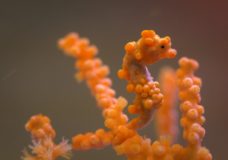
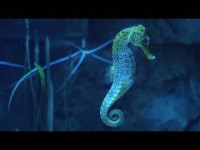
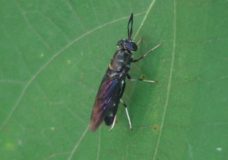
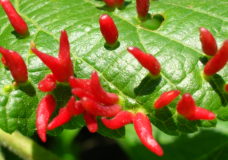
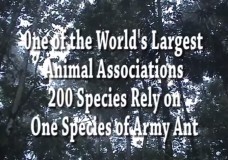
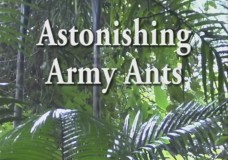
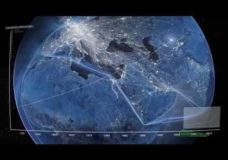
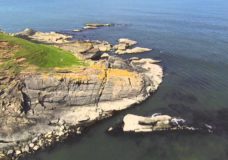

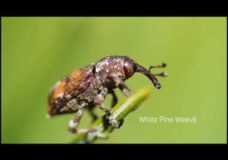
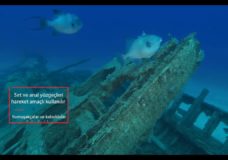
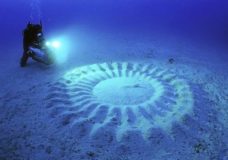


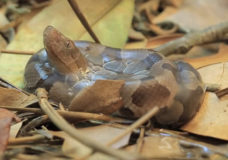

Recent Comments